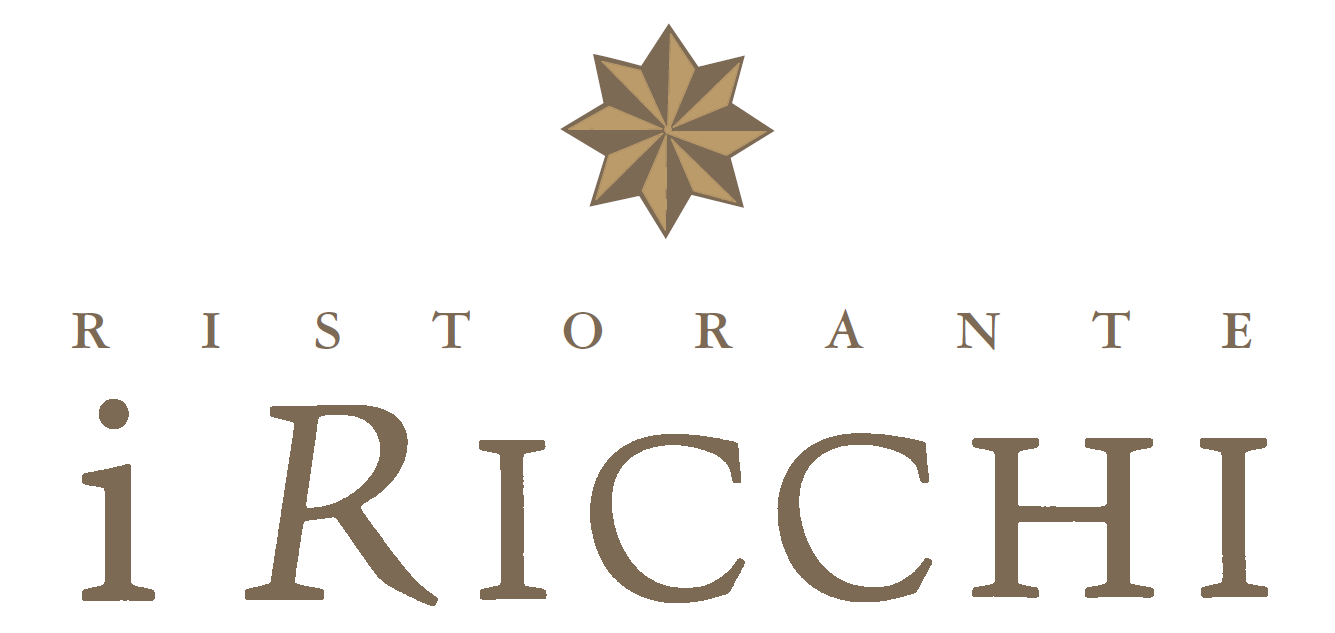Wino Facts: Veneto
Capital: Venice
Native Grape: Rossignola
Wino Factoid: The importance of winemaking in this region is underscored by the creation in 1885 of the very first Italian school for vine growing and oenology. (via: winecountry.it)

Today is part one of our virtual wine tastings. With the focus on two of the four wines we’ll be serving during our Women & Wine event: The New Faces at the Old Vineyards. We’ll be sticking to the Veneto region of Italy–famed for the canales of its capital city, Venice; this region boasts more than gondolas and impressive wine activity!
A staple in northern Italian geography, the region culturally serves as a transition between the alpine areas of Northern Italy, and the dryer and more temperate Roman regions. Wine-searcher.com says that Veneto is slightly smaller than Italy’s other main wine-producing regions –Piedmont, Tuscany, Lombardy, Puglia and Sicily – it generates more wine than any of them, and is becoming increasingly important in the wine trade.
Veneto’s fame grew rather recently with the introduction of Valpolicella, Amarone, Soave and Prosecco wines.

Hailing from the famed Venetian region, Sylvia Franco’s Faìve Sparkling Rose Brut wine has a fiery background. It is said when the farmers burn the wood from the grape’s pruning, the direction in which the sparks fly is said to forecast the result of the harvest.
Faìve is the Venetian word for “sparks”, and like the fires that burn for our love of wine, the taste is persistent, with a natural softness.
 While in the Venetian region, we visit the Anselmi estate, sitting atop some of the highest areas between Monteforte and Soave. Using the local grapes, Lisa Anselmi’s San Vincenzo wine pairs well with lightly-seasoned seafood and chicken.
While in the Venetian region, we visit the Anselmi estate, sitting atop some of the highest areas between Monteforte and Soave. Using the local grapes, Lisa Anselmi’s San Vincenzo wine pairs well with lightly-seasoned seafood and chicken.
With a crisp lemon-lime taste, hints of Venetian spring can be detected with a touch of apricot and yellow apples.
